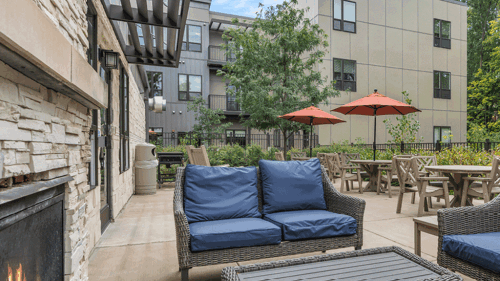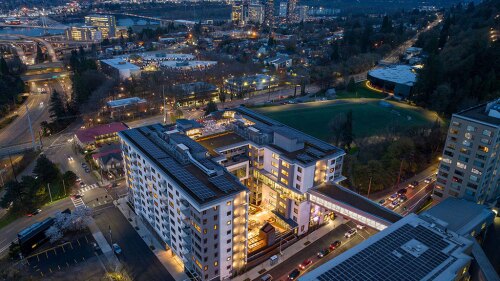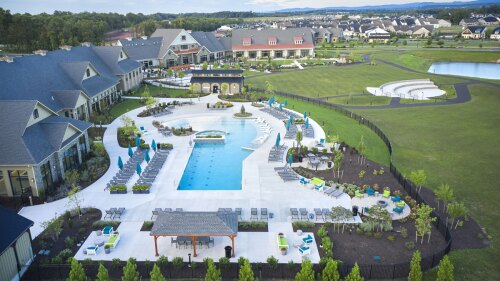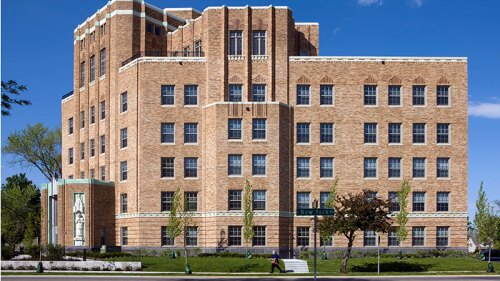Housing – Active Adult Senior and Retirement Communities
A shuttered higher-education campus receives new life as housing for older adults while providing significant benefits to the surrounding community
Demand is surging for senior housing as America’s population ages, but supply continues to lag. That gap is one reason investors in ULI’s 2025 Emerging Trends report rated the sector second highest for the best risk-adjusted returns over the next three years. Supply and demand dynamics don’t tell the whole story, though: senior housing development tends to thrive at the upper end, where seniors with means can afford to live in a continuing care retirement community.
Recently, three new senior housing apartment towers opened in the metropolitan area of Portland, Oregon.
Amblebrook, an innovative retirement community in the historic setting of Gettysburg, Pennsylvania, was specifically designed to remedy this social disease. It shatters the mold of the conventional 55-plus community.
ULI Member–Only Content:Experts in real estate development for the age-qualified and service-enriched housing sectors discuss changing consumer preferences in senior living and other trends affecting operators.
Ten communities bring contemporary design approaches to housing for seniors.
One in four people in the United Kingdom will be over age 65 by 2037, and it is estimated that there will be a shortfall of almost 70,000 homes with care in the next decade. A new ULI publication offers guidance for investors, developers, and architects on how best to design, build, and operate housing with care services.
Members of the 55-plus market are planning their next move—and they will do it on their terms.
Everyone thought they knew what millennials and their parents, the baby boomers, wanted in housing and lifestyle, but the two largest demographic groups in U.S. history are not behaving as many prognosticators thought they would.
According to the latest forecast from the Joint Center for Housing Studies at Harvard University, spending on home improvements is projected to strengthen in the majority of America’s largest metro areas in 2017, with many markets in the East and Midwest expected to post double-digit annual growth. The residential remodeling market reached a record high of $340 billion in 2015—surpassing its previous peak in 2007—and is projected to increase 2 percent per year on average through 2025 after adjusting for inflation.










